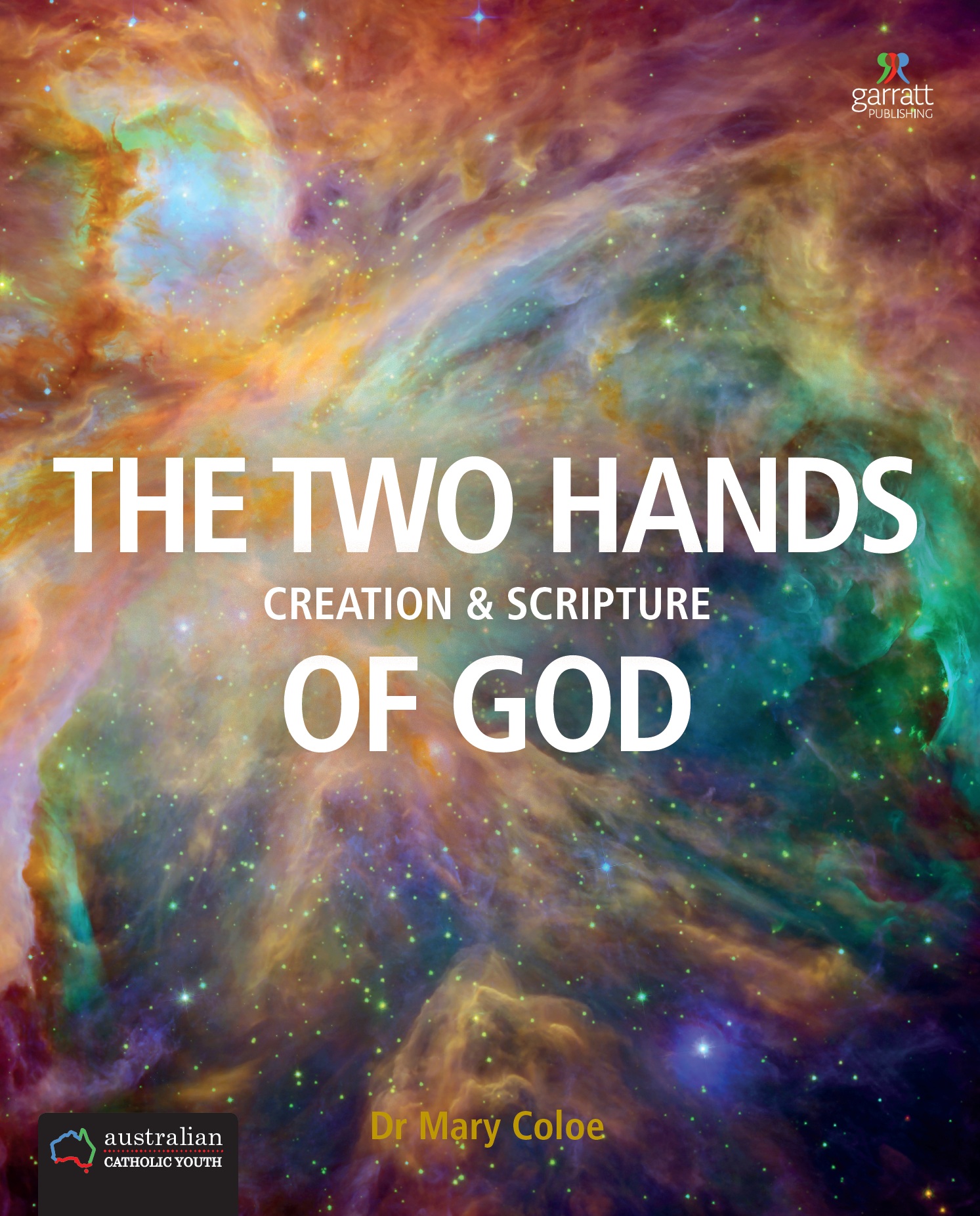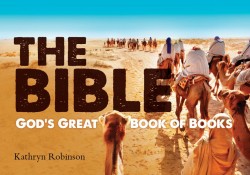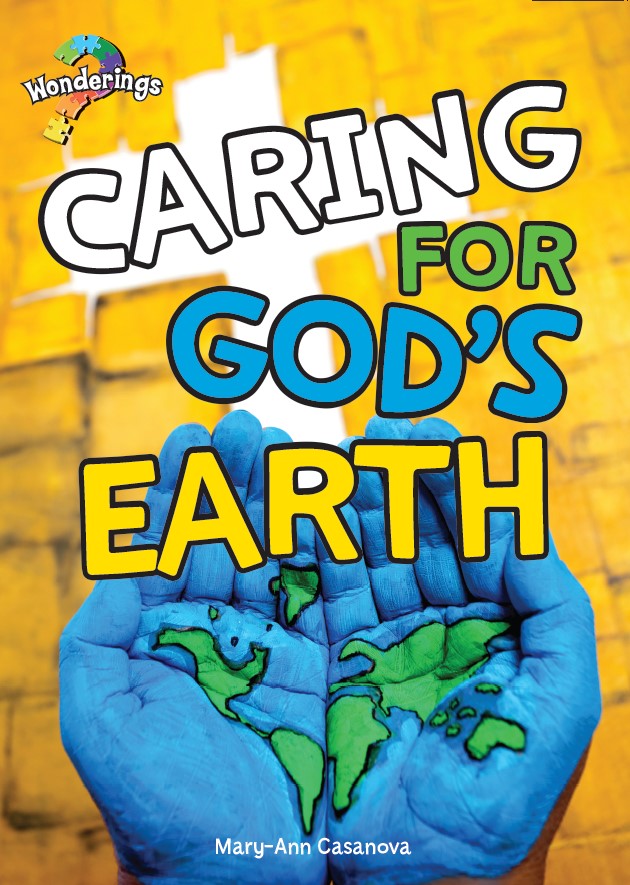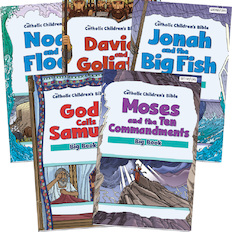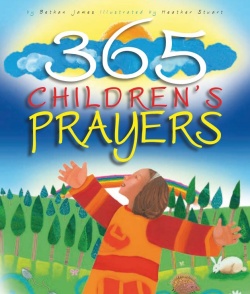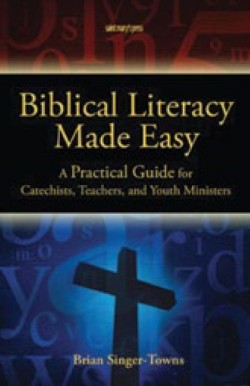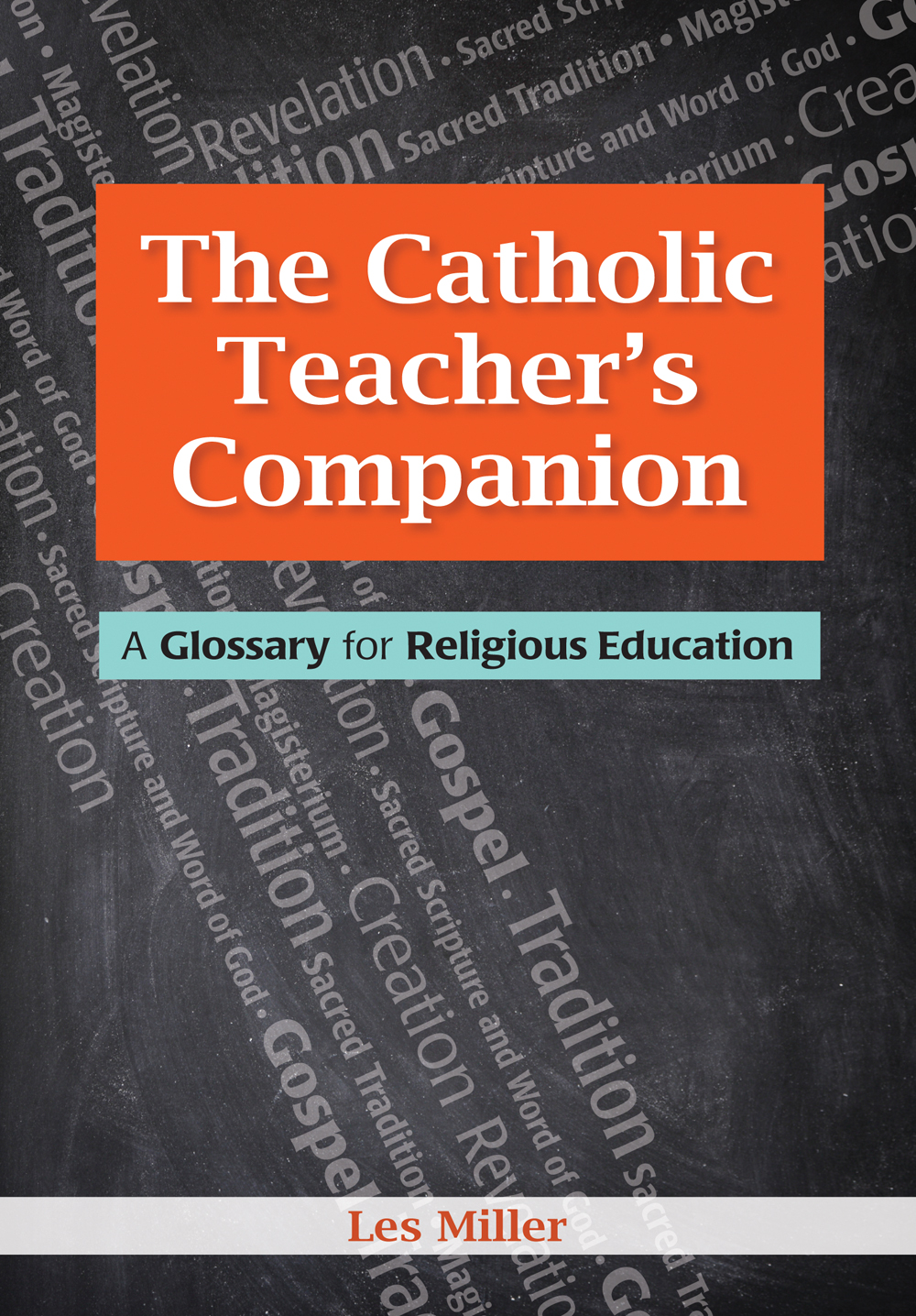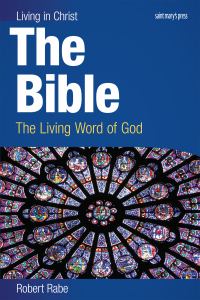- Home
- Issue 10: Care for Our Home
- Issue 9: Eco-Spirituality
- Issue 8: Interfaith Understanding
- Archives
- About us
- Contact
For Primary
Ideally Catholic children would learn about the Bible at home. Realistically, primary school is where they will experience the Bible for the very first time. This knowledge places considerable responsibility on Catholic primary schools who need to, not only reveal the ‘content’ of the Bible, but need to sow the seed of interest and fondness for it. We all understand the enormous significance and complexity of the Bible, breaking it down into terms for young children is undoubtedly a challenge.
REmail wants to help. Over the next few editions, REmail will focus on the Bible. This edition seeks to help teachers explain the importance and structure of the Bible. Future editions will discuss the main themes, some of the characters and what we can learn from them in the twenty-first century.
Prayer
Dear Lord, as I learn to make my way around the Bible, may it bring me to a better understanding of your words and teachings. Amen.
Other Prayers
Lord, thank you for the gift of the Bible. In sacred Scripture we hear the story of your love for us and how you saved us. We learn about you and your teachings. We discover how to live a good life. May we always treasure Scripture and use it to deepen our friendship with you. Amen
Prayer from: Lessons and Activities on the bible, M.K. Glavich SND
Find a verse in the Bible to use as a prayer.
Suggestions on how to use these prayers:
1. Read this prayer for your daily class prayer.
2. How do we honor our Bible and love God’s word? Find your bible or the class bible and make a special jacket for it and illustrate it. You may use ancient fonts that the monks would use before the printing press.
3. On the inside jacket or back blurb, write a quote from a bible passage that is meaningful to you. For example, “Your word is a lamp to my feet, and a light to my path” (Psalm 119:105).
4. Find a special place for the Bible at home or in your classroom.
5. Make a bookmark.
6. Choose a saying about God’s word and write on the bookmark: ‘God’s word is alive’; ‘God is love’; ‘God’s word, my treasure’.
7. Decorate the bookmark and add a Christian symbol: a cross, a fish, a sun, a dove, a heart, a bible or any other symbol that is meaningful to you about God’s word.
Scripture
See activity worksheets attached.
Reflection:
Lord, as I learn to make my way around the Bible, may it bring me to a better understanding of God’s word, wisdom and teachings. Amen
Suggested Classroom Activities
1. According to the Facebook poll, the Bible is still on the top ten most influential books in the world. There are numerous movies based on bible stories and events. The latest movie, Noah, was a block buster movie.
Discuss in class favourite biblical movies and the names of:
Themes – eg. Ten Commandments
People – Noah, Moses, Jesus, Joseph (and his coat), David and Goliath, Daniel, Samson and Delilah, John the Baptist and more.
(Students at primary level will relate to the people of the bible as a way into the narrative of the bible)
a. Each student lists their favourite stories/events and why.
b. Illustrate a scene or what you imagine a persona would look like in that time in history.
c. Watch a bible story movie, preferably animated, such as:
2. The Prince of Egypt animated children’s movie
Stop the film as you go to explain or ask questions about the events.
e.g. Who were the slaves in Egypt?
Why were they slaves?
What do slaves do?
How long ago did this take place?
Who or what was a pharaoh?
3. Depending on the age of the student, ask students to find their way around the Bible’s table of contents and find:
a. Books in the Old Testament
b. Books in the New Testament
In groups, ask them to count the books separately and in total.
Answer: The Bible consists of 73 books in total: 46 books are in the Old Testament (Before Christ – BC) and 27 books are in the New Testament (After Christ – AD).
Teacher notes: How to explain the Bible as a book:
The book is a collection of books, written by many authors but inspired by God. The Bible is therefore a book of books, written by lots of authors through God’s message to them. This is how God talks to us – through the writings (scriptures) of the Bible.
Just like a library, the Bible is grouped into sections, such as Historical Books, Christian letters, Gospels, the first five books called the Torah (which means God’s law), poetry, books of the prophets.
See activity sheet 1.
Teacher references, refer to:
- Lessons and Activities on the bible, M.K. Glavich SND
- Biblical Literacy Made Easy: A practical Guide, Brian Singer-Towns
References for Bible passages are indicated by:
- the book
- the book chapter
- the verses
(Your Bible will have a special section where you can find the name of the bible book and the page number.)
For example:
Genesis 2:18-30. Look up the book of Genesis in the Old Testament, look for Chapter 2, then find verse 18 and stop at verse 30.
Refer to The Two Hands of God, M. Coloe, for scripture on Genesis and the story on creation, with biblical literacy exercises.
a. Look up this popular bible passage:
Luke: 10:30-37 (The Good Samaritan)
b. Read aloud in class.
c. Discuss what the story is about in class.


